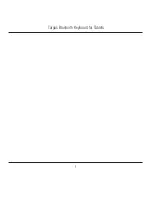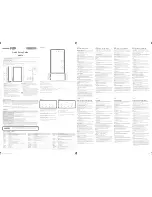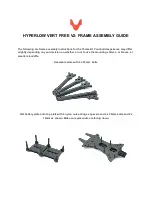
Merlin CH4CO
User Guide
Rev: 07 05-19
3
1
General Information
Your new Merlin CH4CO is a dual gas sensor carefully designed and tested to monitor levels of
natural gas- Methane (NG) and Carbon Monoxide (CO) in the air.
If there is a dangerous build-up of gas or unsafe levels of carbon monoxide at the sensor, this
device can shut off the gas supply via a gas safety valve.
The information contained within this guide should be referenced for typical installation and
operation only. For site specific requirements that may deviate from the information in this
guide – contact your supplier.
Important Warning Statements
It is recommended that this device be commissioned upon installation and serviced annually.
The expected lifetime of gas sensor elements is 5 years.
Do not apply lighter gas or other aerosols to the device – this will cause extreme damage.
High concentrations of alcohol/ ethanol found in many products may damage, deteriorate or affect the
gas sensing elements – Avoid exposure near your device.
This device is designed to detect carbon monoxide and methane from any source of combustion.
It is NOT designed to detect smoke, fire or other gases and should NOT be used as such.
Never ignore your device when in alarm.
This device requires a continual supply of electrical power – it will not work without power.
This device should not be used to substitute proper installation, use and/or maintenance of fuel burning
appliances including appropriate ventilation and exhaust systems.
This device does not prevent methane or carbon monoxide from occurring.
Actuation of your alarm indicates the presence of dangerous levels of Methane or CO.
Seek fresh air supply and contact your local gas emergency service should you suspect a gas leak.
This unit may not fully safeguard individuals with specific medical conditions.
If in doubt, consult a doctor.
Your product should reach you in perfect condition, if you suspect it is damaged, contact your supplier.
Information on waste disposal for consumers of electrical & electronic equipment. (EEE)
When this product has reached the end of its life it must be treated as Waste Electrical & Electronics Equipment
(WEEE). Any WEEE marked products must not be mixed with general household waste, but kept separate for
the treatment, recovery and recycling of the materials used.
Please contact your supplier or local authority for details of recycling schemes in your area.


























